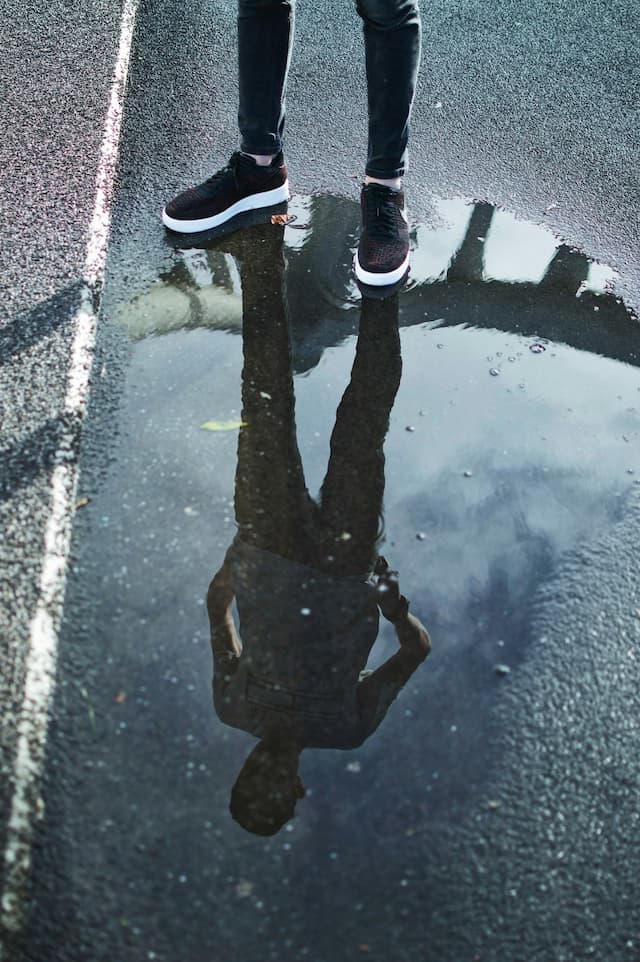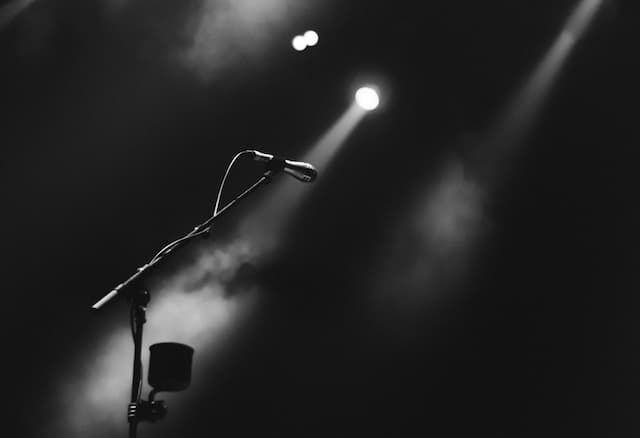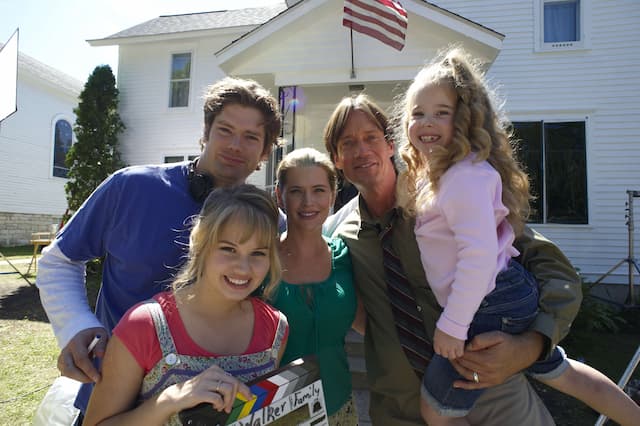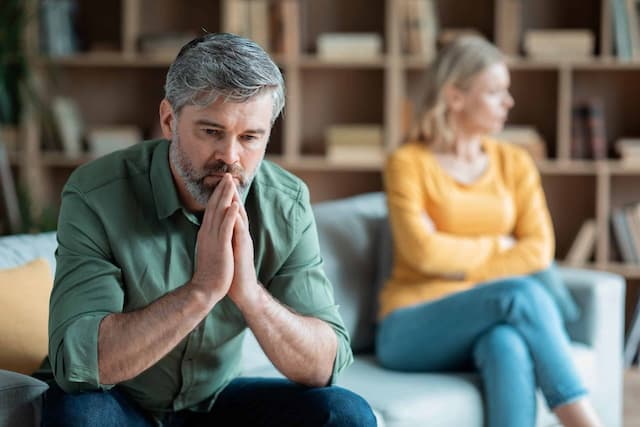BEING THE PIANO MAN
My wife and I recently downsized. Smaller house, smaller mortgage, smaller debt, and a small but cozy home where we can begin a new empty-nesting chapter to our lives. We’re really loving the neighborhood, with friendly neighbors and nature trails and a decidedly slower pace of life.
There’s a catch though. My grand piano, which I’ve famously blogged about before, doesn’t fit into our snug abode. So in my home, there is no piano. Just a keyboard that I use in my bedroom studio.
Now, anyone who knows me understands that the piano runs deep with me. It is a place of creativity, of solitude, of prayer and worship, of emotional release. And it has been since I was a little kid. So it is a big deal that I no longer have a piano in the house. Especially my beat-up old Yamaha G2 grand.
Thankfully, there’s a resort clubhouse a short stroll from our home, one with a number of luxury amenities, including a grand piano. Score. So I’ve been sneaking out of the house occasionally to run over to the resort to play this piano. It’s a bit public for practice, but I’m getting friendly with some of the staff, and I think they look forward to hearing the piano being played.
Which brought me to a flood of memories I recently revisited in my mind. When I was in college, living in the dorms, I would need a piano fix. So, two or three times a week, I would visit the Music Department building on campus and quietly make my way up to the second floor. I remember the long hallway and the echoey tile floor, and the row of small practice rooms, each barren but for a fluorescent-lit blonde upright. I would slip into a vacant room, drop my backpack (filled with calculus and physics and chemistry textbooks) on the floor, flop down on the piano bench, and play out my feelings—loneliness, frustration, broken heartedness, lostness. The piano was the vehicle upon which I could express the inexpressible. I didn’t understand it back then, but those hours I spent grappling with my teenage angst were also practice hours learning how to connect the dots between my art and my soul. Which is an implicitly essential part of the artist of faith.

One of the underestimated things one can do on the piano is underscoring, that is, the ability to play music—either vocal or nonverbal—behind what a person is saying or doing. It’s environmental at some level, like creating a soundtrack for what happens on stage or in the sanctuary. To be able to express lament or hope, exhortation or exaltation, longing or thankfulness, in the music that plays beneath a prayer or a sermon, or accompanying a dance or a poetry reading, or even in a crowded restaurant. This is one of the things I learned sitting in those lonely practice rooms long ago.
Yesterday, sitting at the clubhouse piano, I had some passing requests for Elton John, Bruno Mars, and Stevie Wonder. Which I obliged of course. I enjoy putting smiles on people’s faces. And in the midst of it all, it occurred to me that perhaps—in this season of my life—part of my role is to simply be a part of the soundtrack for my neighborhood.
I guess I’ll have to visit that piano more often.
[Banner Photo by Johannes Plenio on Unsplash.]











